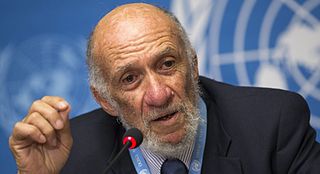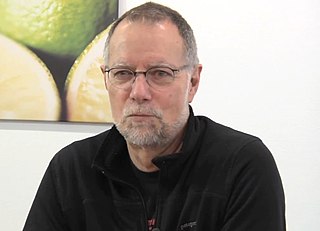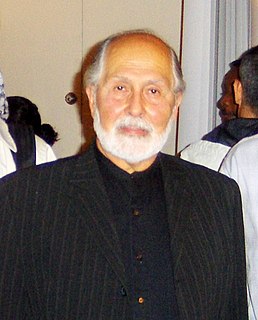Top 39 Quotes & Sayings by Ruth Simmons
Explore popular quotes and sayings by an American professor Ruth Simmons.
Last updated on November 25, 2024.
We have emphasized the importance of applied action research because it allows evidence-based policy and program development and a focus on learning. We are also committed to using a participatory approach in which local people, local program managers and providers, local researchers, women's health activists, and national decision-makers play the leading role. International "experts" from technical assistance agencies or universities can make important contributions, but they certainly don't have all the answers.
International "experts" from technical assistance agencies or universities can make important contributions, but they certainly don't have all the answers. When ownership is local and national, and various stakeholders work together, program innovations have a greater chance to take root and survive.
Nobody had counseled women to expect the changes in bleeding patterns which are typically associated with IUD use, and they received no support from the health clinics with their problems. Because in traditional Hindu culture menstruation is associated with a variety of social taboos, prolonged menstrual bleeding produced conflicts within families.
If policy makers and program managers participate in an interdisciplinary assessment team, make informal visits to local families and have in-depth conversations with local providers and health authorities, the real needs and complex challenges of organizing good reproductive health services become apparent.
We wanted to see how access to care can be expanded and service quality can be improved when one uses a participatory approach to program development. We showed that major changes become possible if you work in a participatory manner, listen to local people, diagnose what the problems are, provide training and identify where there are opportunities for mobilizing local resources to take action. In time leaders from other municipalities expressed interest in replication and the project succeeded in expanding innovations to three other areas.
My colleagues from the Department of Health Behavior and Health Education are working on participatory public health initiatives in Michigan, and there is much that we can learn from each other. In fact it is essential that we strengthen efforts to learn from each other, and stop considering public health in the third world and in the U.S. as separate intellectual and practical endeavors.
When we conducted focus group interviews in the first municipality in Brazil before initiating the pilot project, a woman commented: Getting an appointment in the public sector municipal health services is like "winning the lottery." I would like to make it possible for many women and men in Latin America to win the lottery and receive the type of reproductive health services they so urgently need.
If instead policy makers and program managers participate in an interdisciplinary assessment team, make informal visits to local families and have in-depth conversations with local providers and health authorities, the real needs and complex challenges of organizing good reproductive health services become apparent.The first country that implemented this participatory program of assessment, research and policy development was Brazil. I was one of the outsiders who provided support to the initiative.
Because in traditional Hindu culture menstruation is associated with a variety of social taboos, prolonged menstrual bleeding produced conflicts within families. The whole idea of fertility regulation was still extremely new in this setting and many husbands and other family members were angry when they found out that women had decided on their own to use the method and had gone to the clinic in secret.
I have been working with the World Health Organization since 1989 in an effort to redefine approaches to contraceptive introduction. This has given me the opportunity to insist that strategies for research and policy development must simultaneously address people's needs, the capacity of programs to provide good quality of care, and the range of technological options available.
In the late 60s, 70s and possibly early 80s, social scientists were interested in researching the diffusion of innovation and studying the link between applied research and policy and program development. Recently there has been less interest in these issues and we feel that this interest must be rekindled.
It all started in India in the late 60s when I began helping my husband George, who was in the population field, evaluate the introduction of the intrauterine contraceptive device. At that time the IUD was considered to be the panacea for India's population problem. George's dissertation was focused on population and he became interested in the question of this new technology and how people were responding to it.



















